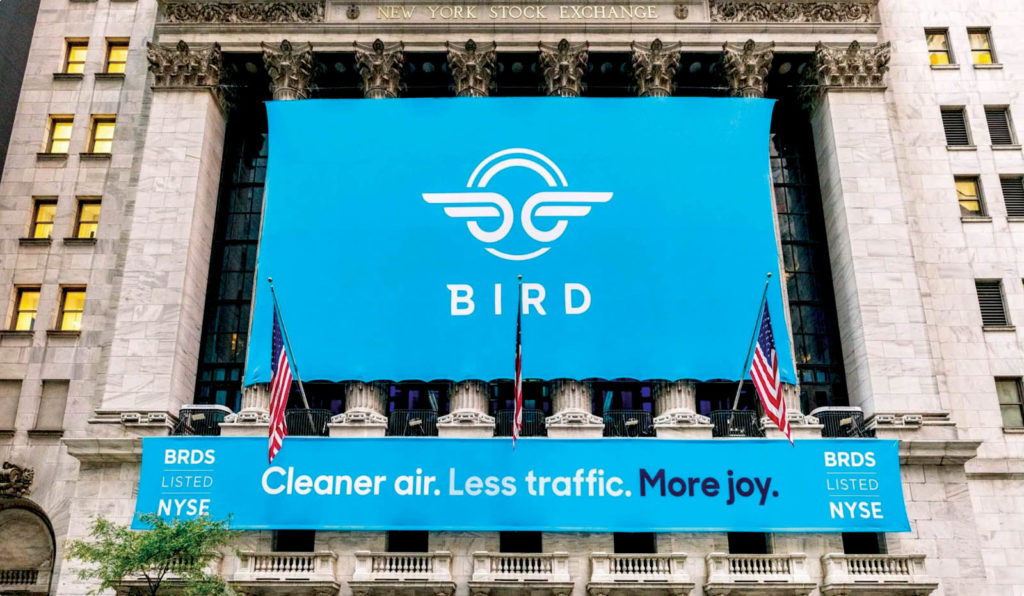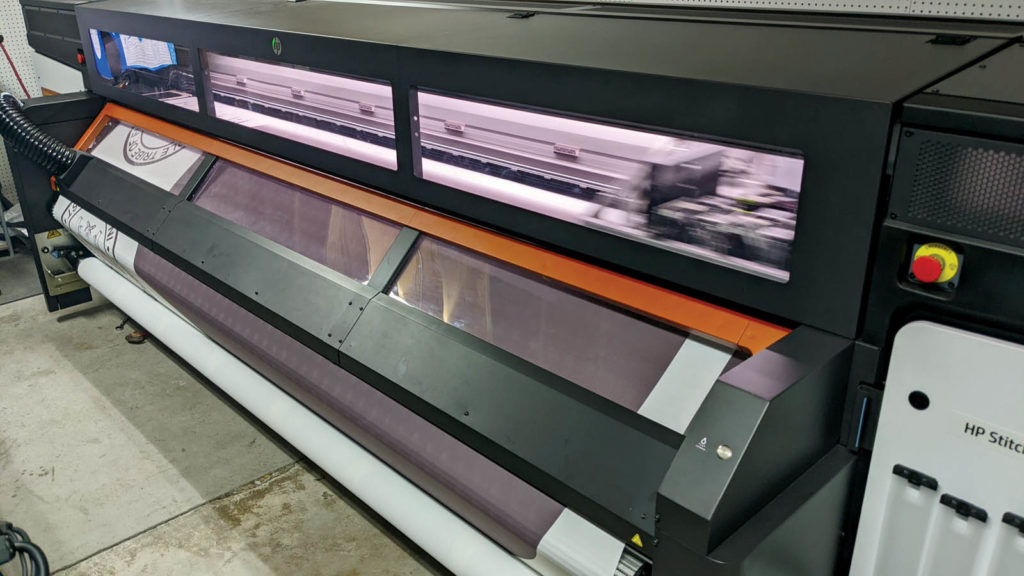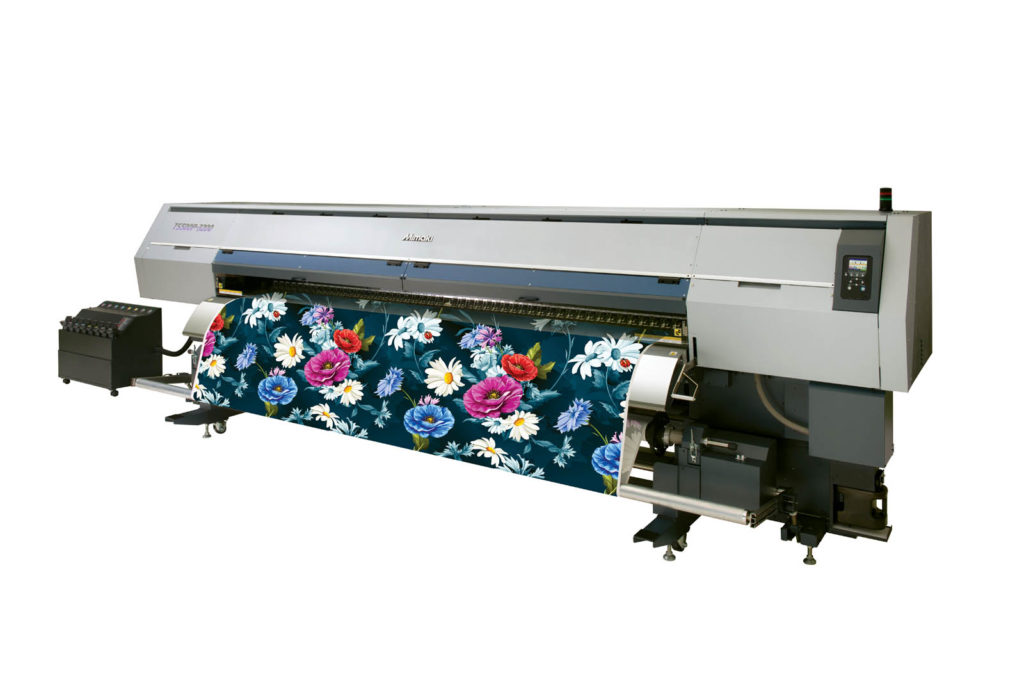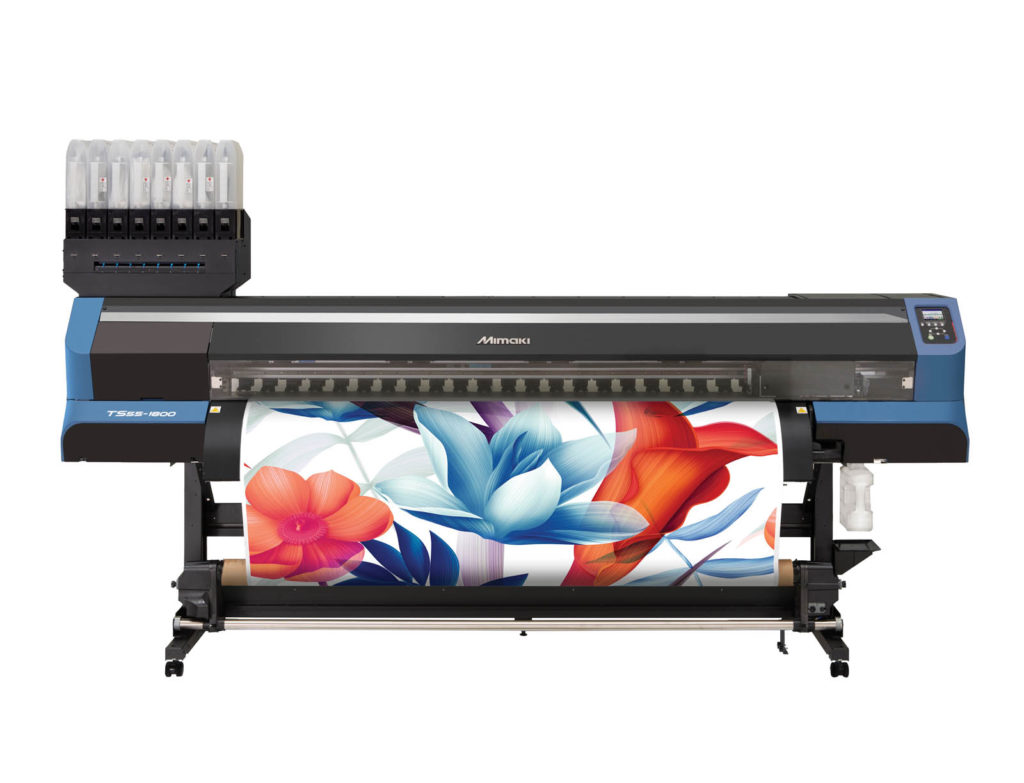
To get a handle on how the wide format fabrics graphics industry is faring these days, as the worst of the pandemic fades, a good source to ask is Bill Farquharson, a well-known sales coach, author and print sales veteran who keeps his finger on the pulse of the field.
For comparison’s sake, Farquharson, who is based in Duxbury, Mass., talks about a decade ago, when he was asked to make a presentation to employees at a wide format printing franchise. “This was a company that was killing it, absolutely killing it,” says Farquharson. “They had no competition. They were making money hand over fist.

“Since then, the equipment has gotten faster, cheaper and closer to the end user than ever before,” he says. “While it doesn’t have the competition that some segments of the industry have—it’s a rare enough part of signage that there is still some exclusivity there—there is a lot more competition than there was 10 years ago. There is opportunity in it for those who are well-prepared.”
COVID-related signage (“Stay apart six feet, please”) sustained some companies during the pandemic, and once it began to ease, “the industry came back with a vengeance,” says Farquharson. “Most companies had a decent 2020 and a record 2021. Interestingly, that’s in part because if they had a sales rep and they let them go, and then they got the business without the sales rep, so the profit went up. Business started coming to them, which is unusual. It just doesn’t happen like that.”

Boom to bust and back again
During the pandemic, “We didn’t sell a lot of products for soft signage for trade shows or retail,” says Jeff Mills, textile product manager for Beaver Paper, a German company that supplies paper and graphic fabrics for the dye-sublimation and digital print industry from its U.S. headquarters in Lawrenceville, Ga. “We were down to pretty much 50 percent of what we had been. But we made money with paper sales—our customers and printers went into making masks—and we were able to survive.”
Now, he says, demand is picking up. “Trade shows are coming back, retail is coming back, especially as retail changes signage for the different seasons,” says Mills. “There are printers that are having a hard time keeping up with demand, because they are shorthanded due to scaling back during the pandemic.”
New or expanded avenues for wide format have grown up as well. For example, as the pandemic spread, restaurants began offering outdoor dining—or expanded the outdoor dining they already had. “There were a lot of structures outside restaurants, built out into the street, that needed signage,” says Victoria Nelson Harris, senior textile segment specialist for printer giant Mimaki USA Inc., based in Gardena, Calif. “Things have opened up, but the outside dining is still there, and they need signage and graphics.”
While in the past much of that signage would have been vinyl, the use of textiles is becoming more and more common, according to Harris. “Textiles are much easier to ship and continue to improve their technical properties, making for an attractive and durable application,” she says. “Plus, you can utilize them for backlit signage, which is becoming a huge thing within the retail, hospitality and commercial environments.”

Refocusing on sustainability
Now that the industry is no longer collectively focused on just hanging on, as it was during the long COVID crisis, other considerations like sustainability have begun to draw attention once again, with each company taking a different approach to how they are addressed. While some concentrate their efforts on using recycled materials or participating in upcycling programs, Mills says his company is focused on what happens to the product at the very end of its life cycle.
“We’re not a big believer in using recycled polyester yarn for soft signage,” says Mills. “The reason is, so much of the soft signage market is one-and-done with retail or trade shows. It may have last season’s or last year’s information, so the signage still finds its way to the landfill, even if it’s recycled.”
Instead, according to Mills, Beaver Paper has started using a technology called CiCLO®, a sustainable textiles ingredient in the form of an additive that is combined with polyester during melt extrusion at the very beginning of the fiber-making process.
“CiCLO creates millions of biodegradable spots in the matrix of the plastic, where microbes that naturally exist in certain environments can break down the materials just like they do with natural fibers,” explains Mills. “This additive allows microbes in the ground to biodegrade the polyester fabric at an accelerated rate of five years, instead of the 60 or so years it would otherwise take for virgin or recycled polyester fabrics. That’s huge, and we’re developing several different fabrics using this technology, the first being TexStyles® NatureSeries™ Soft Knit dye-sub fabric.”
Life cycles
Just as there are cycles to life, from birth through growth and ultimately to death, industry veterans know there are cycles to all businesses, and they spend their careers trying to position themselves favorably for both feast and famine. COVID was the rare global downturn for which there was no warning and no time to prepare, referred to in the investing world as a “black swan event.” And while the worst of the pandemic is (hopefully) behind us, its impacts on everything from the supply chain to the labor market will continue to ripple through global markets for years to come, creating challenges and opportunities across all industries.
But while much of this industry seems to be changing all of the time, some things never do. That company Farquharson met with a decade ago? “They’re still killing it,” he says.
Jeff Moravec is a freelance writer based in Brooklyn Park, Minn.
SIDEBAR: Markets change, sales fundamentals, not so much.
What’s it take to successfully sell signage? As the industry grows and evolves—with vinyl going away, and fabric taking its place—it’s more important than ever to stay on top of what’s going on in the industry. At the same time, according to industry veteran Bill Farquharson, sales coach, author and owner of an educational platform called the Sales Vault for those in the graphic arts, it’s wise not to forget sales fundamentals.
“Here’s two words that are important: how’s business?” says Farquharson. “It’s one of the best selling tools you can have. Everyone wants to talk about themselves. Everybody wants to tell you their story. ‘So, how’s business?’ If you start there and keep the conversation on their side of the fence, the more you learn. That’s a huge part of it.“
“The other part is to mentally shift what you think you do,” he adds. “If you sell printing or you sell signage, then you will always be in a priced-based conversation. I had a client who put it this way: we help our customers find their customers. Those words are gold right there. It stimulates the conversation. That’s Dale Carnegie right there—it’s been around 85 years, but people don’t know it.”
 TEXTILES.ORG
TEXTILES.ORG


